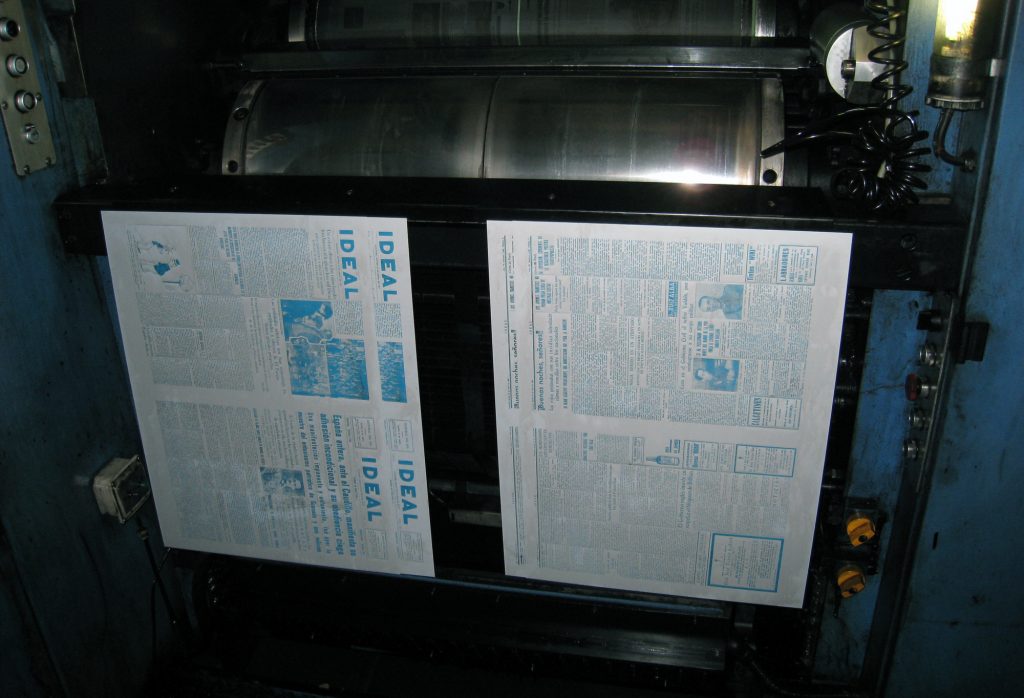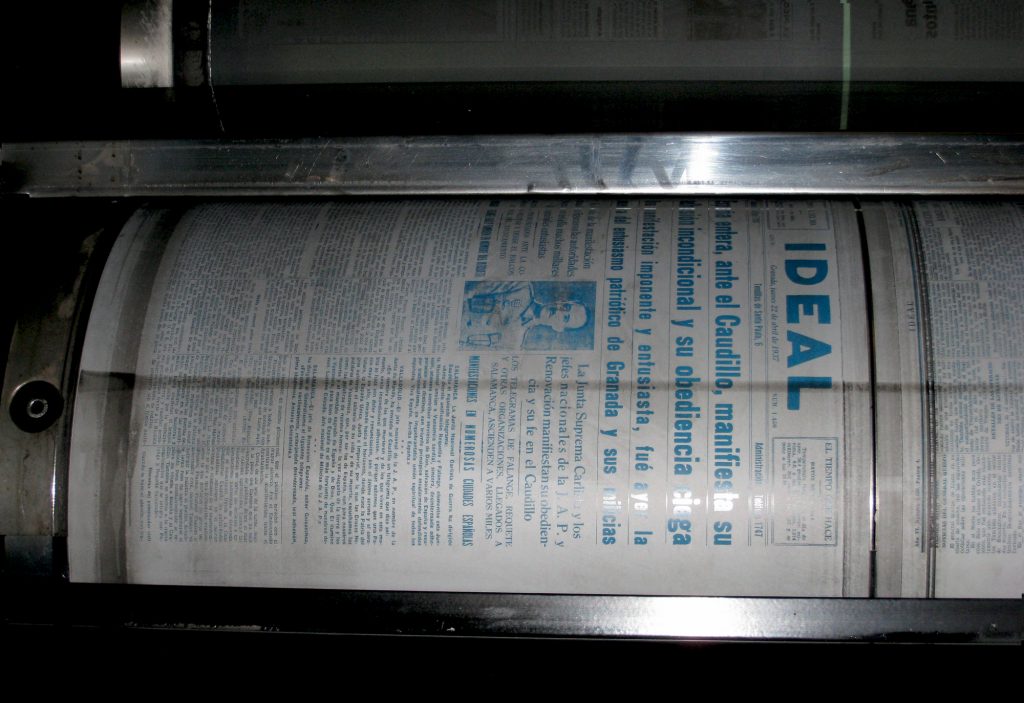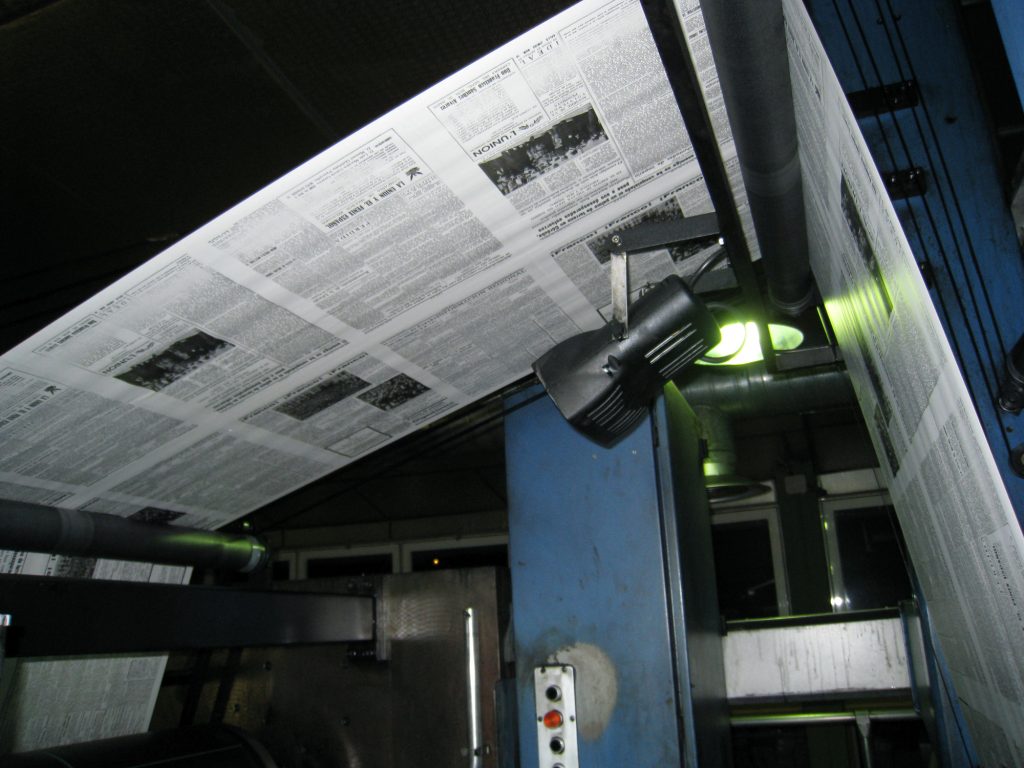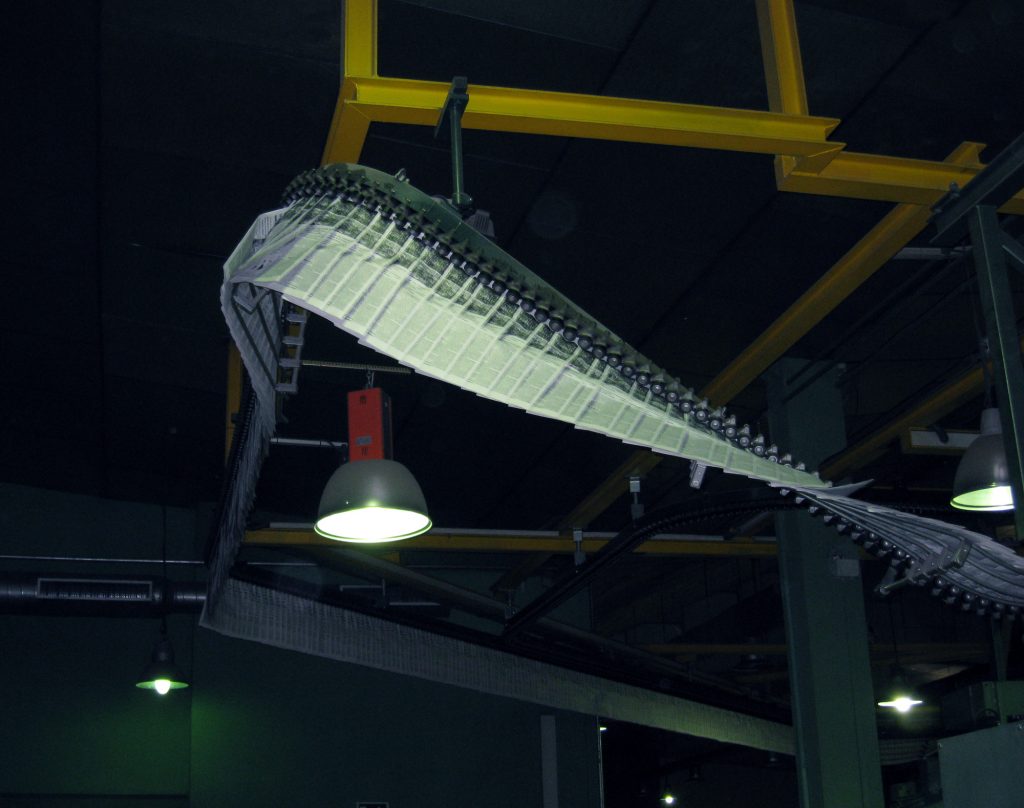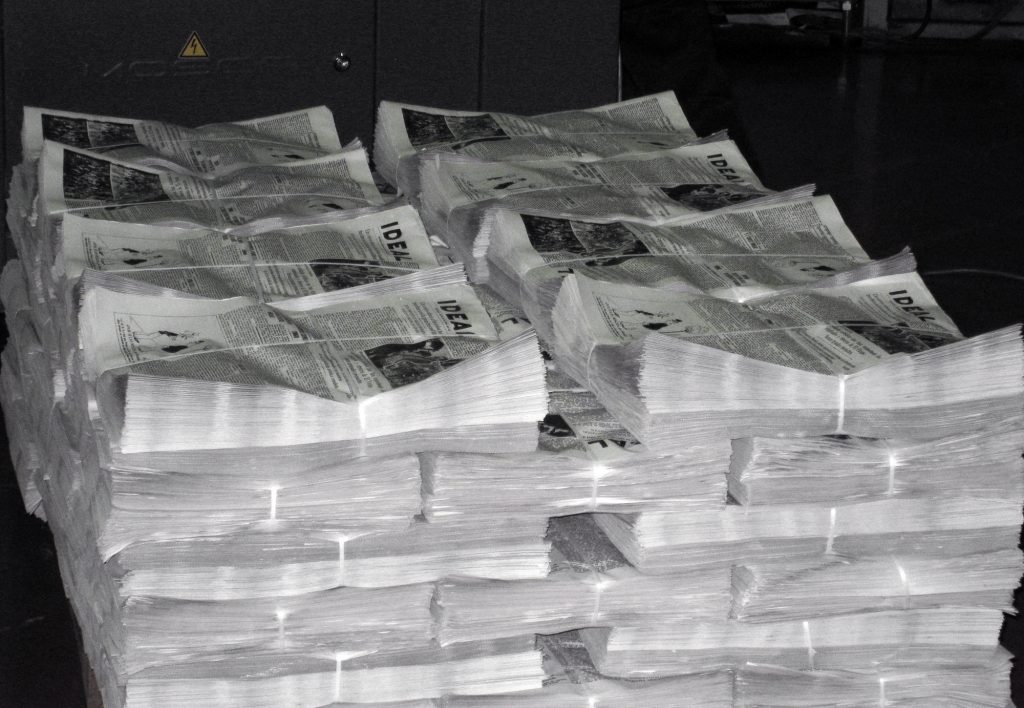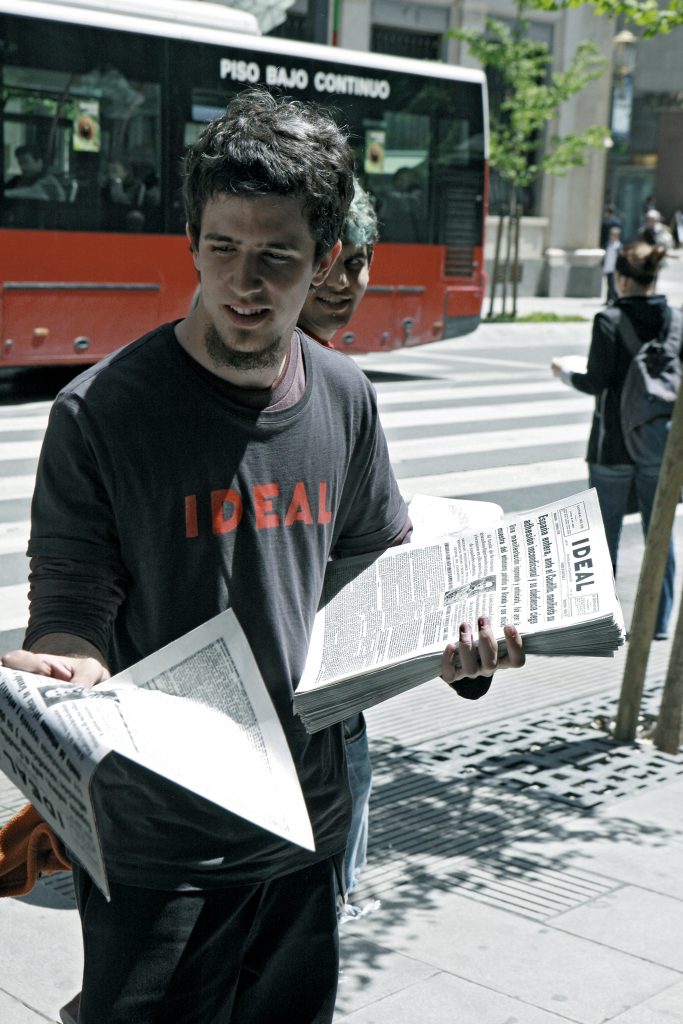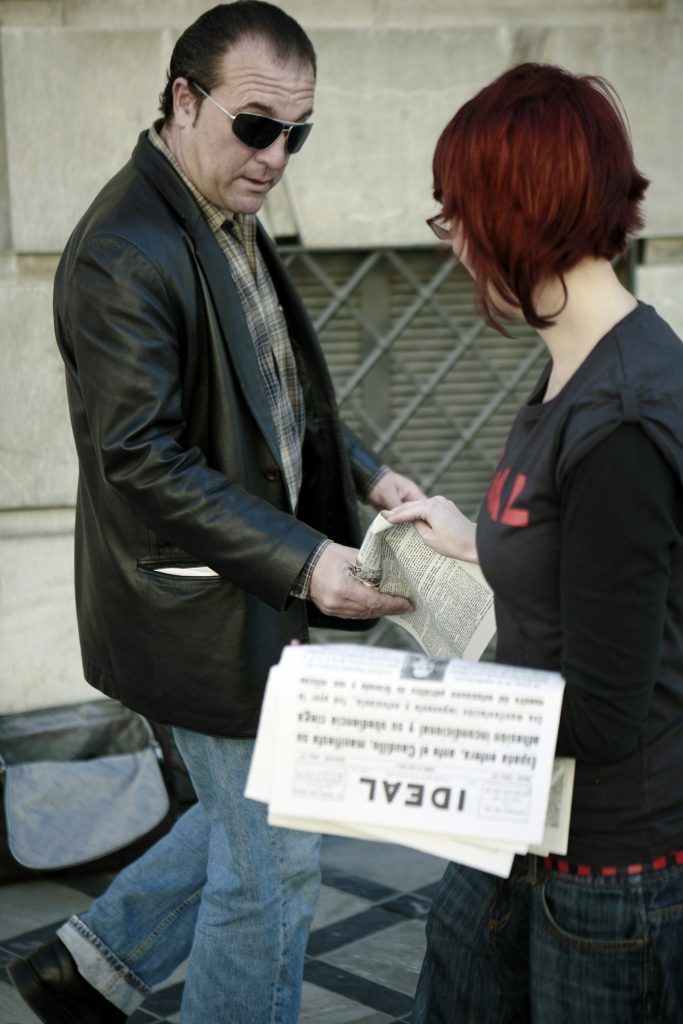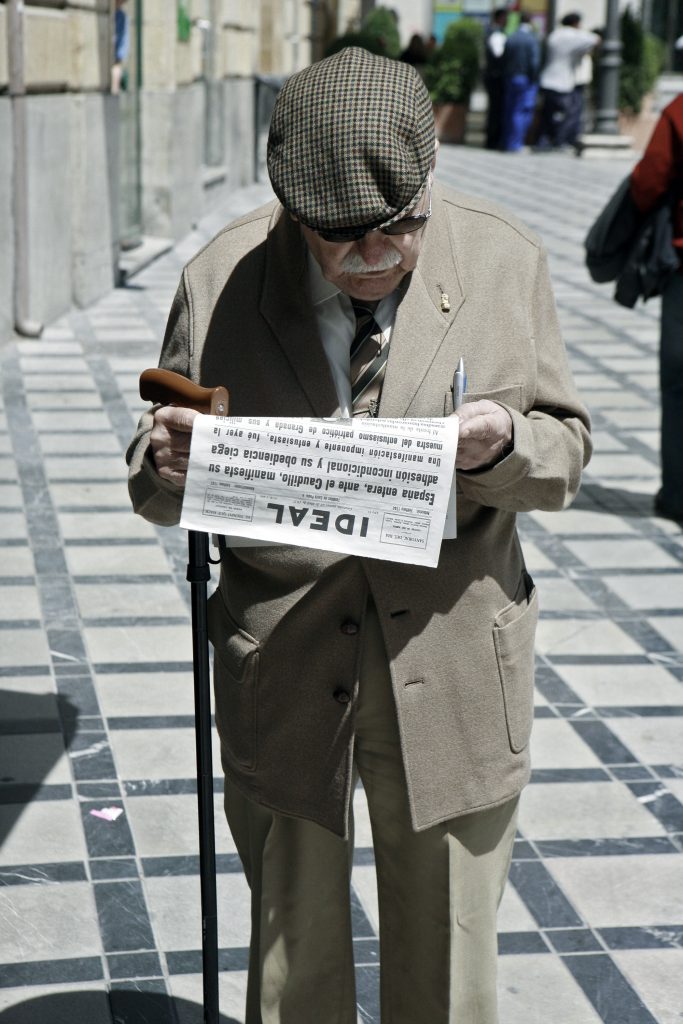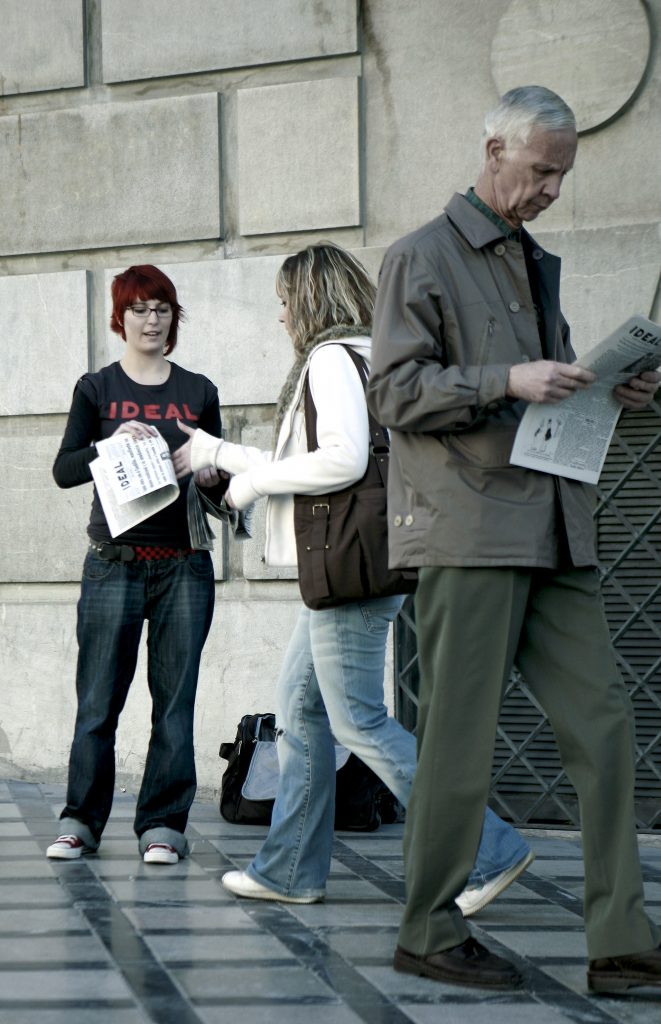
This project was done for Everstill exhibition, at the Federico Garcia Lorca House Museum (Granada, Spain), curated by Hans Ulrich Obrist
Facsimile of the April 22nd 1937 edition of the newspaper Ideal, to be reprinted on April 22nd 2008. 30.000 facsimiles inserted in the usual edition of Ideal and 30.000 more distributed free on the streets of Granada.

Ideal is the newspaper with the largest readership in the city of Granada. May 8th 2007 was its 75th anniversary in print, for unlike other leading papers such as El Defensor, Ideal continued to be published during the Spanish Civil War, making it the only journalistic record of the events in Granada from July 18th 1936 onwards.
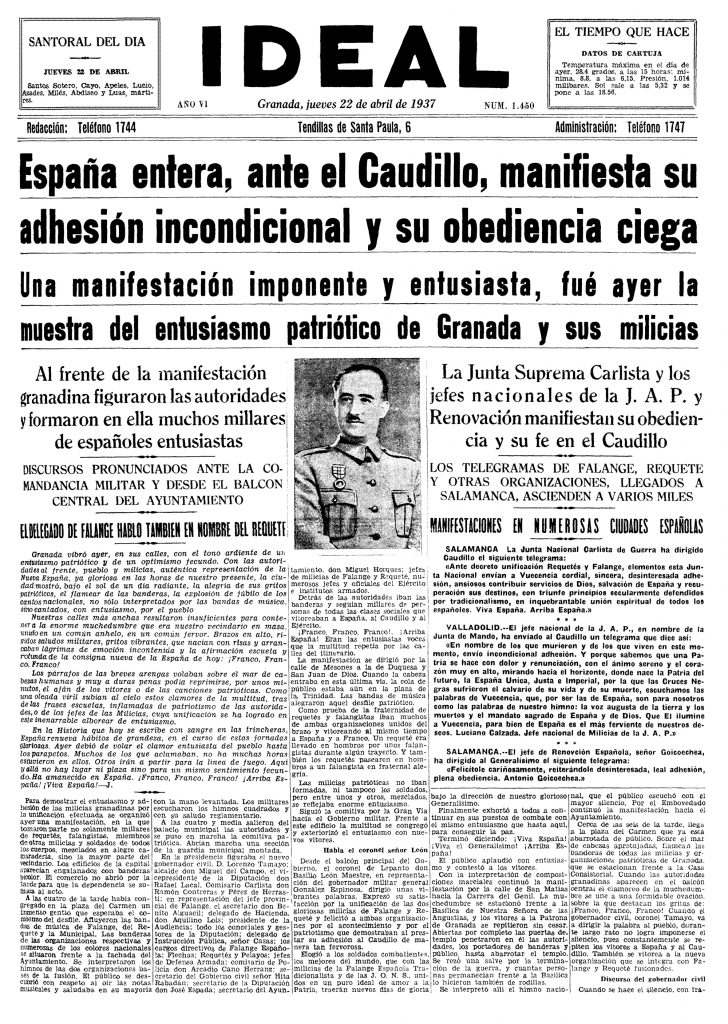
On April 22nd 1937, Ideal announced that the civil governor, José Valdés Guzmán, had resigned in order to go to the front and published a farewell message in which Valdés apologised to the inhabitants of Granada for the harshness he had been obliged to show whilst in command of the Civil Government, adding that his conscience was clear before God. In all likelihood, this decision was the result of the action taken by a delegation chaired by Mariano Pelayo of the Civil Guard who visited Franco to complain about the excessive brutality of the repression still being carried out by the rebel civil governor in 1937.
Ultimately, José Valdés was directly responsible for García Lorca’s death, a death forming part of a strategy designed mainly to terrorise the population of Granada and crush all resistance to the Falangist Movement. In the general context of the repression implemented in Granada, the poet’s death was no more remarkable than those of the university professors, doctors, councillors and teachers who were also executed by firing squads. An organised, systematic repression with an estimated 5,000 to 6,000 victims (cemetery records place the number shot at 2,102, without counting those assassinated in Víznar and other neighbouring villages).

The most significant paragraph in Valdés’s farewell message reads, “[…] I beg forgiveness if I was not, in the inexorable fulfilment of my duties, as benevolent to you as I would have liked to be, but never forget that we have undergone six historical months and the responsibilities I shouldered before God and my fatherland were tremendous; when time offers a more distant perspective, we will all understand it in fair measure […]”
One of the aims of the project is to contrast the different realities of Granada by linking two moments more than 70 years apart. The intention is, on the one hand, to fulfil José Valdés’s wishes by publishing his reasons once again when time provides a more distant perspective, and on the other, to recuperate the request for pardon made by the architect of the repression in Granada, a pardon that encompasses García Lorca’s murder too. Its presence in everyday life in Granada, makes Ideal a bridge between two moments in time. But above all, questions are posed: What remains today of the political and social conditions that those events unleashed? Today, do we understand those events in their fair measure? What interpretations of the Civil War prevail today in the political and media approaches of different tendencies?
